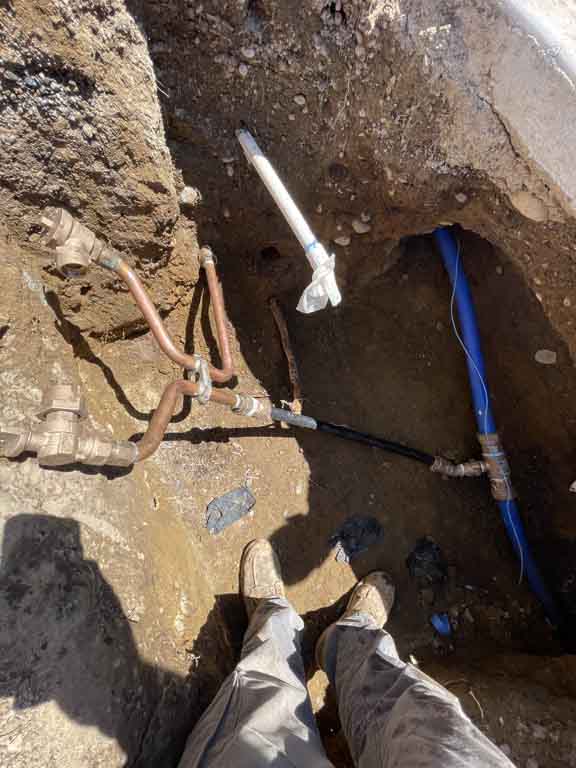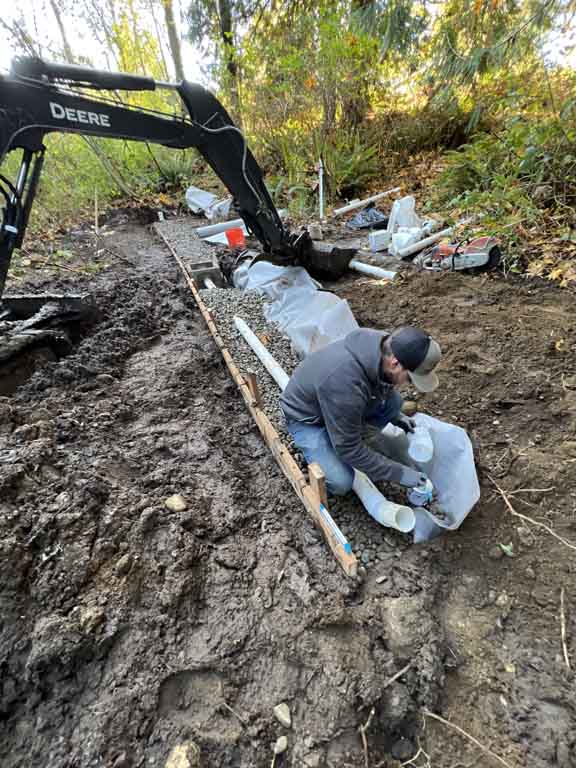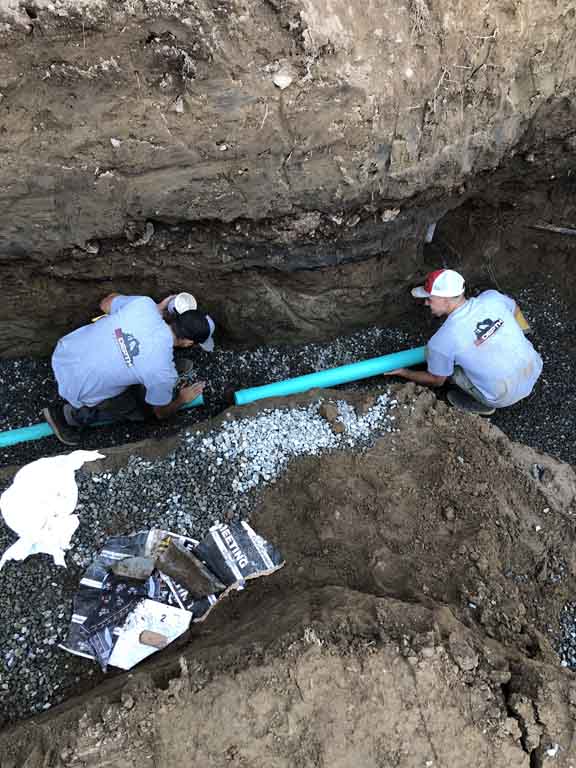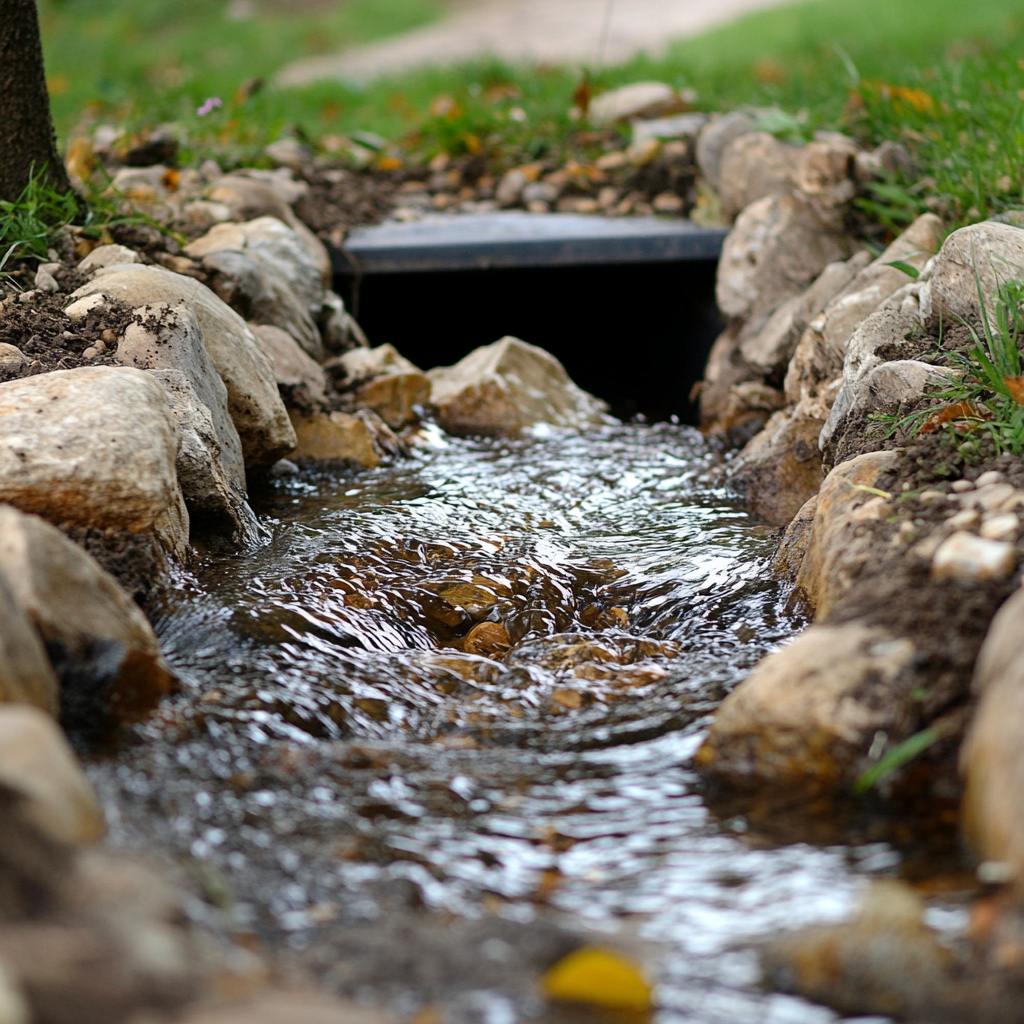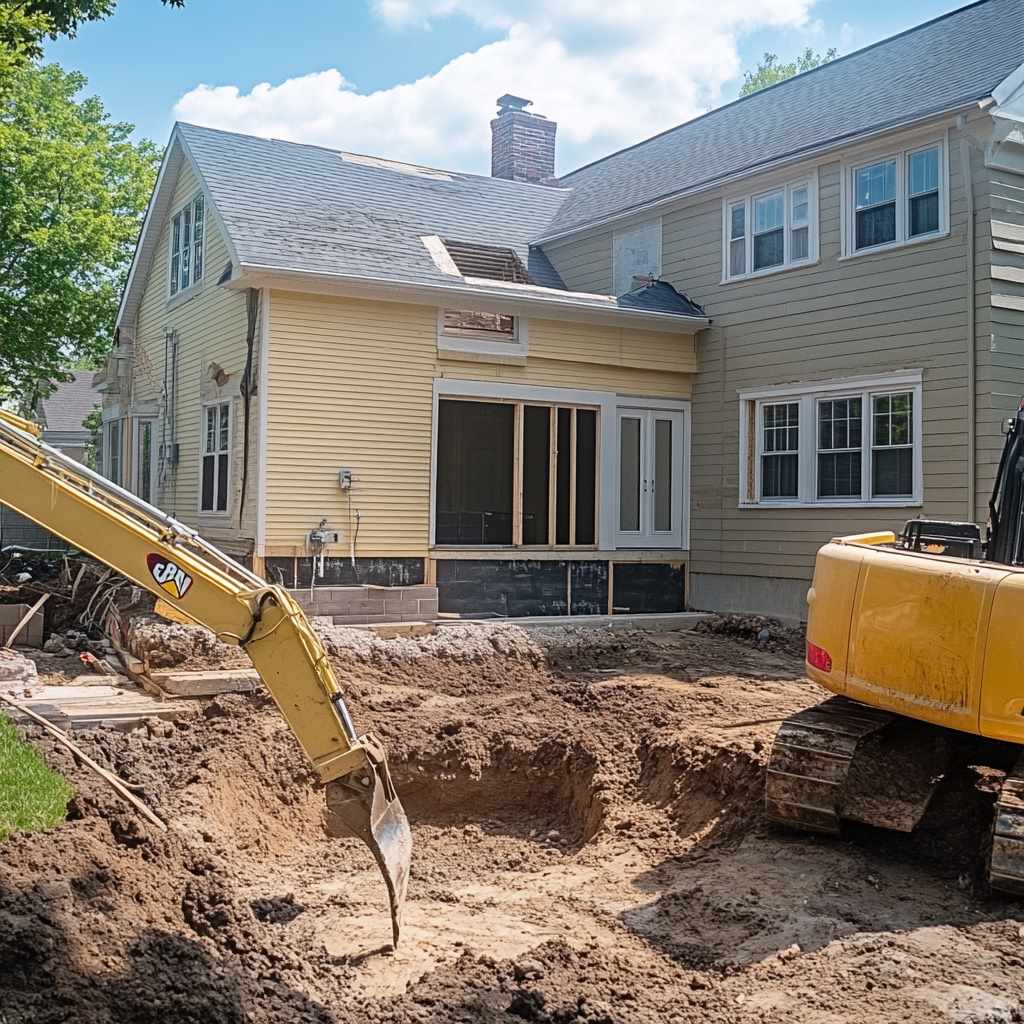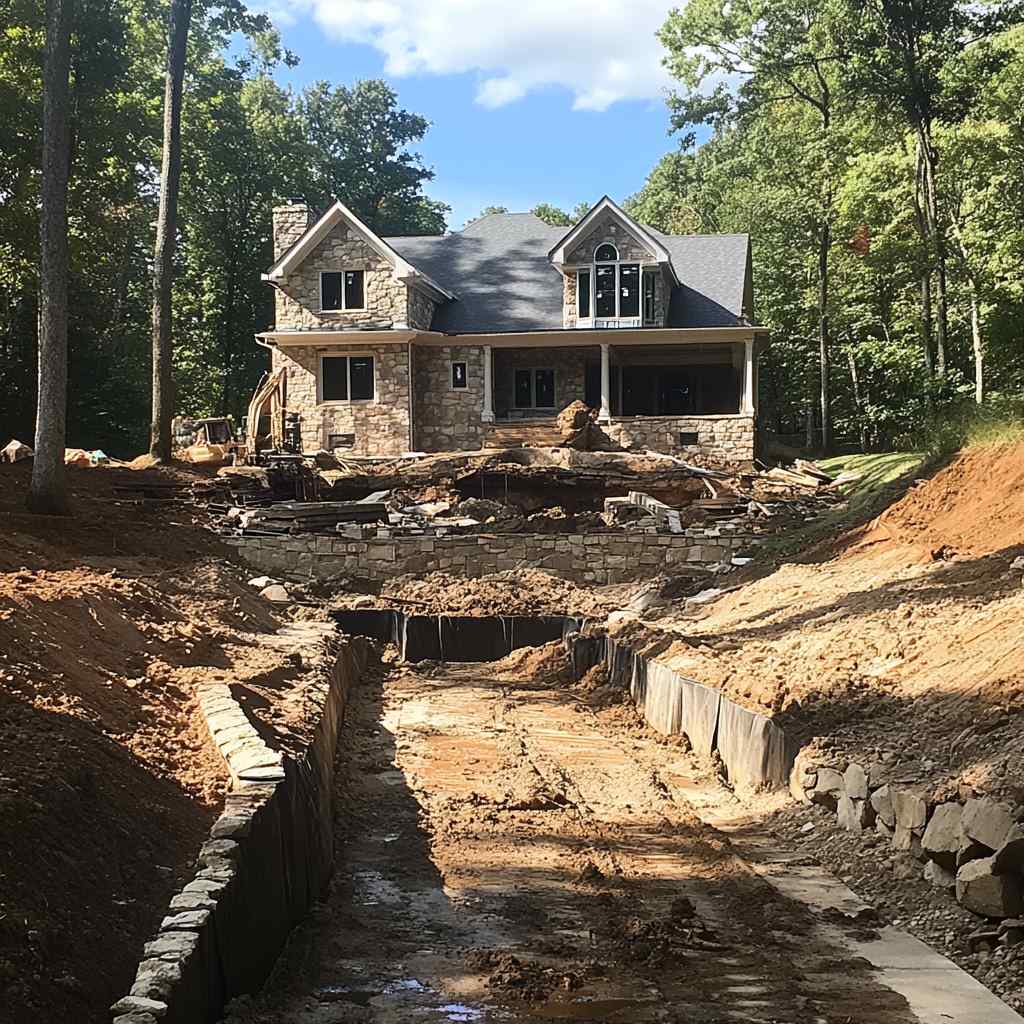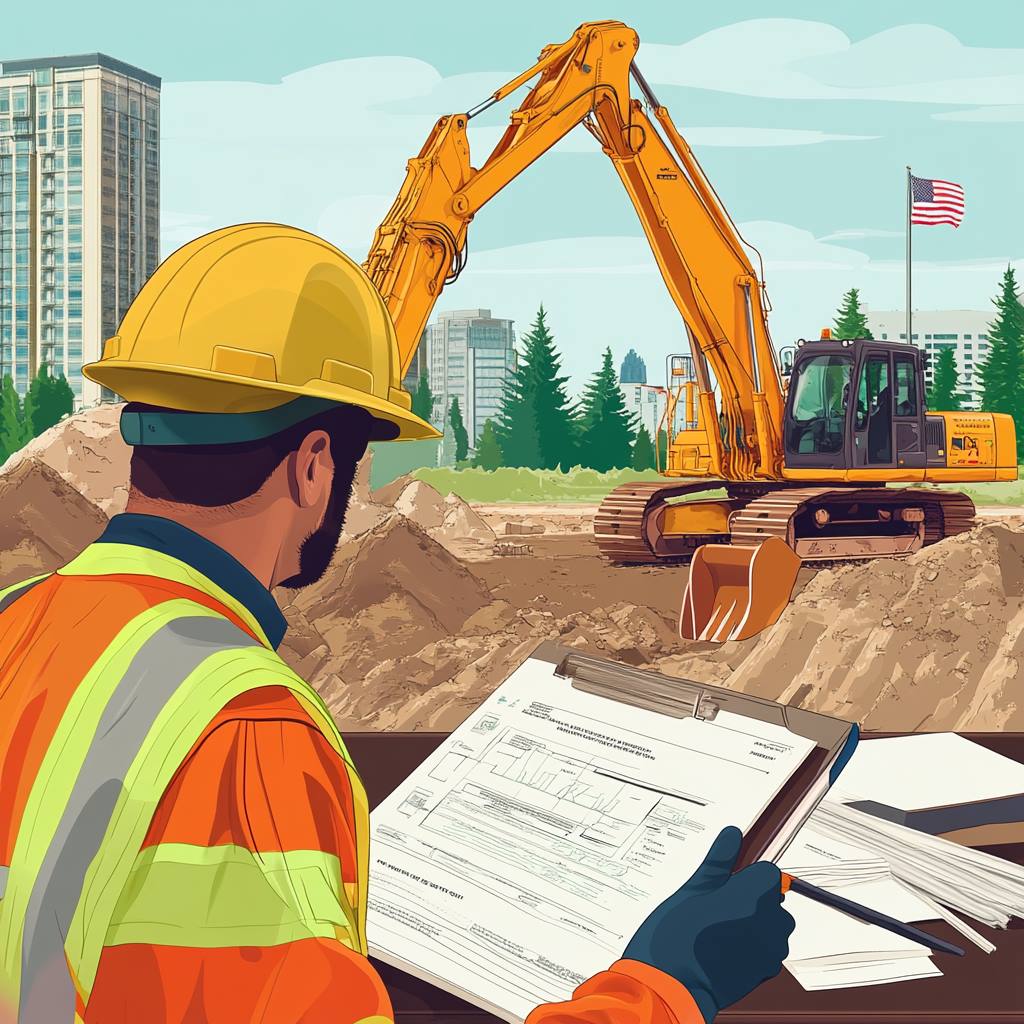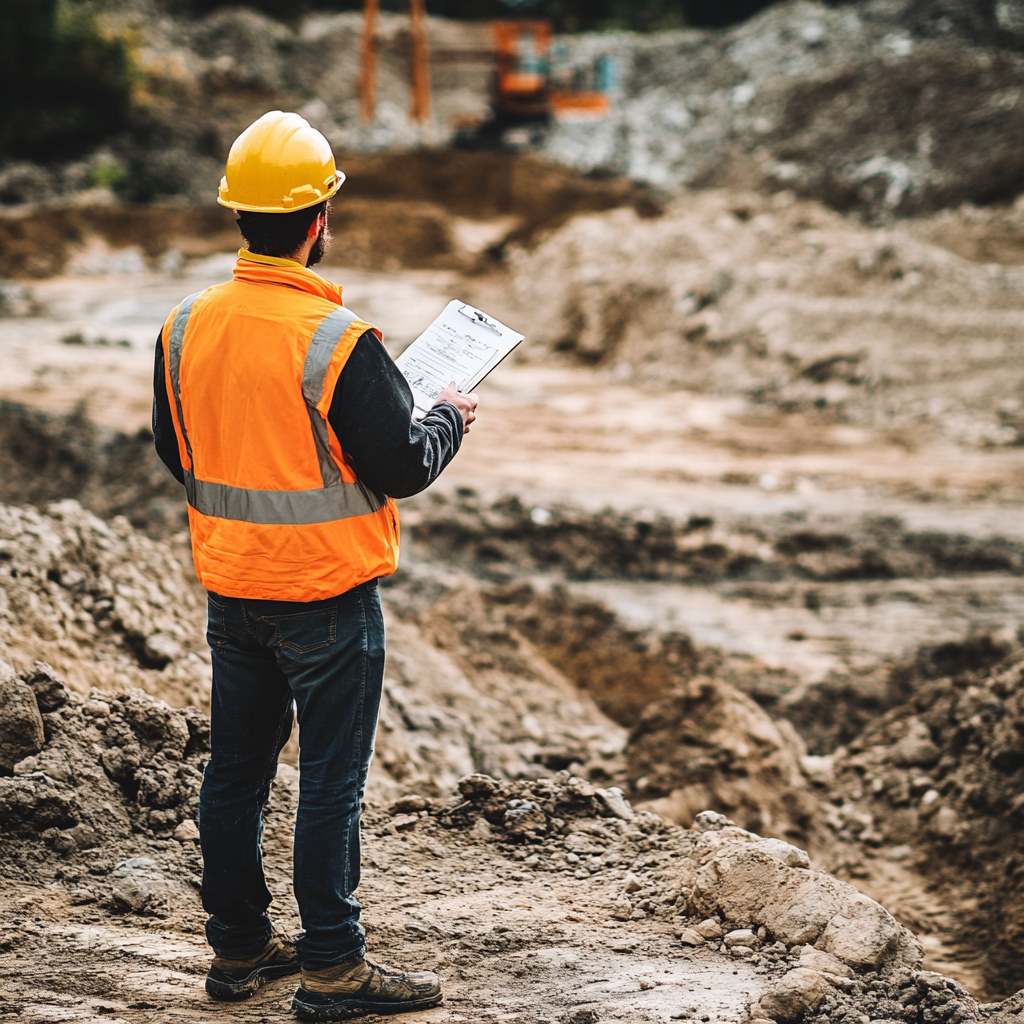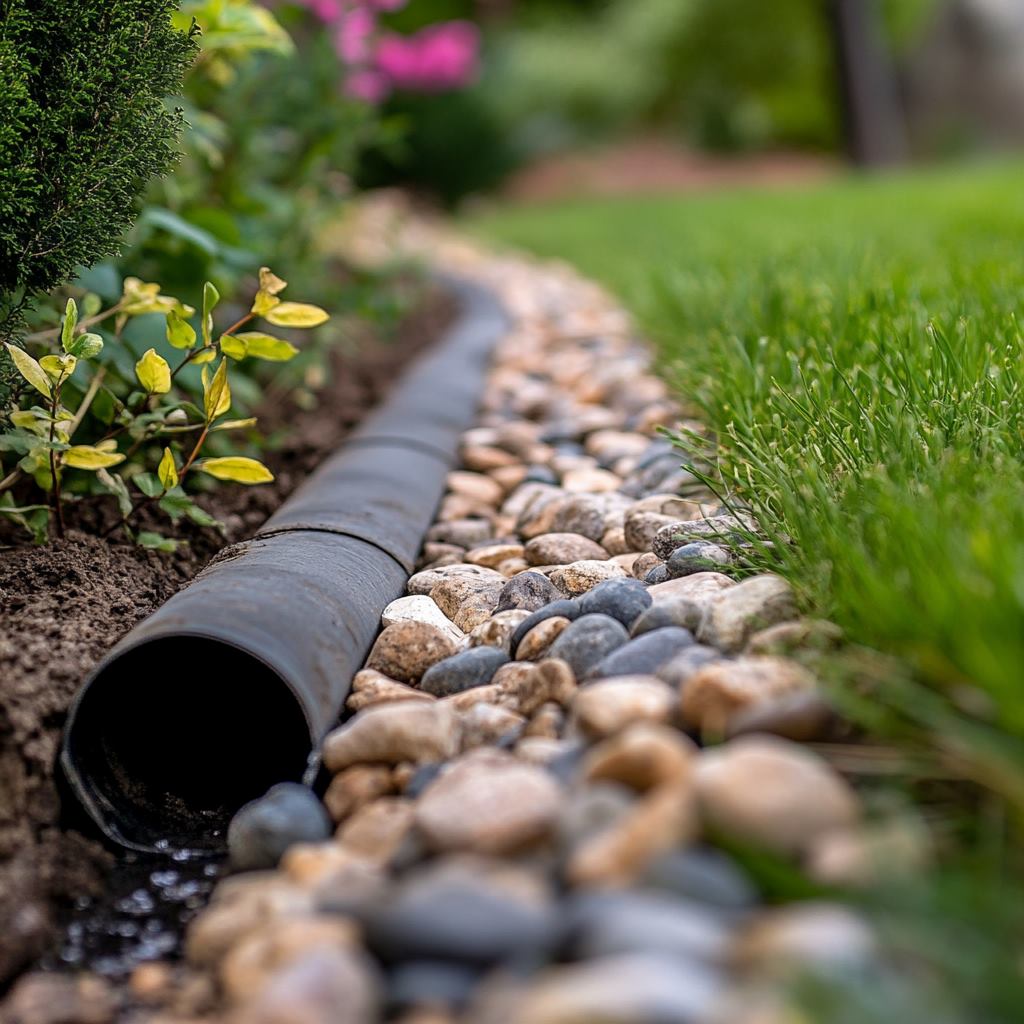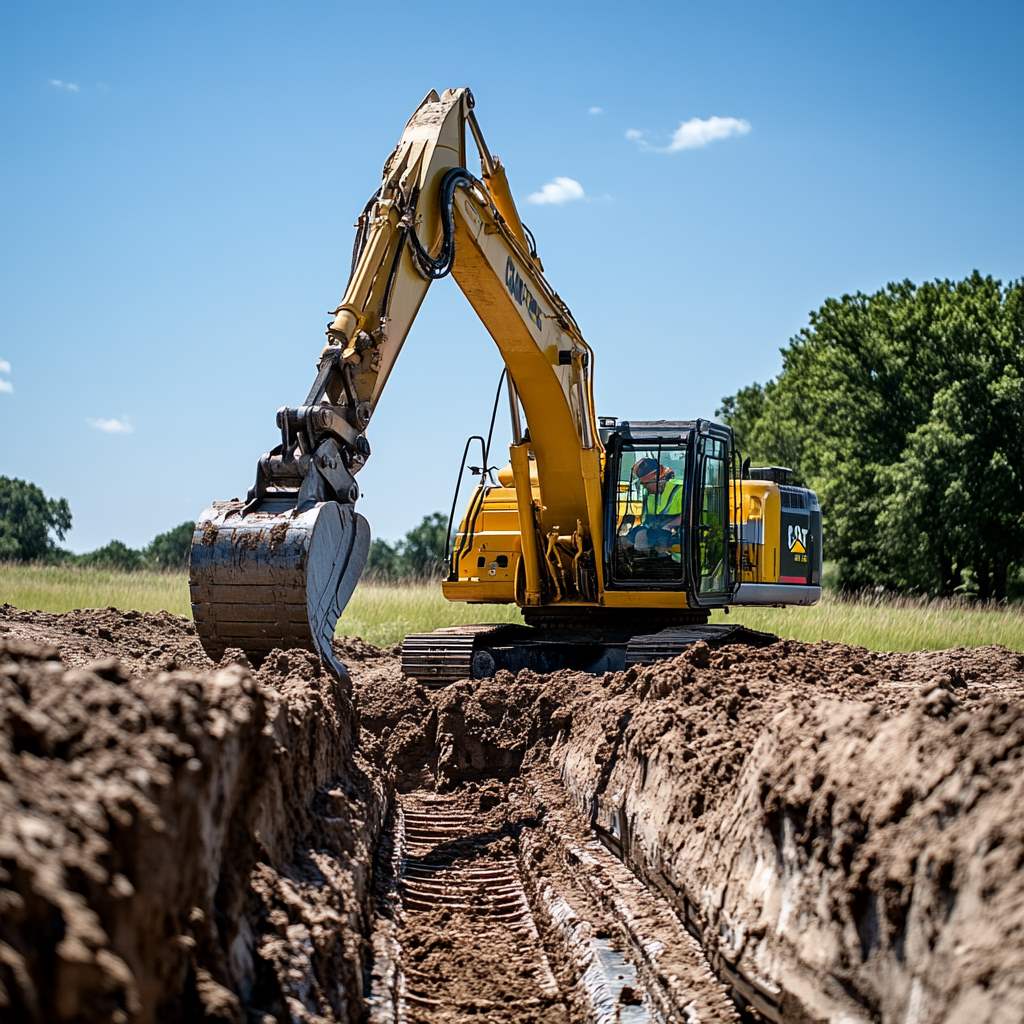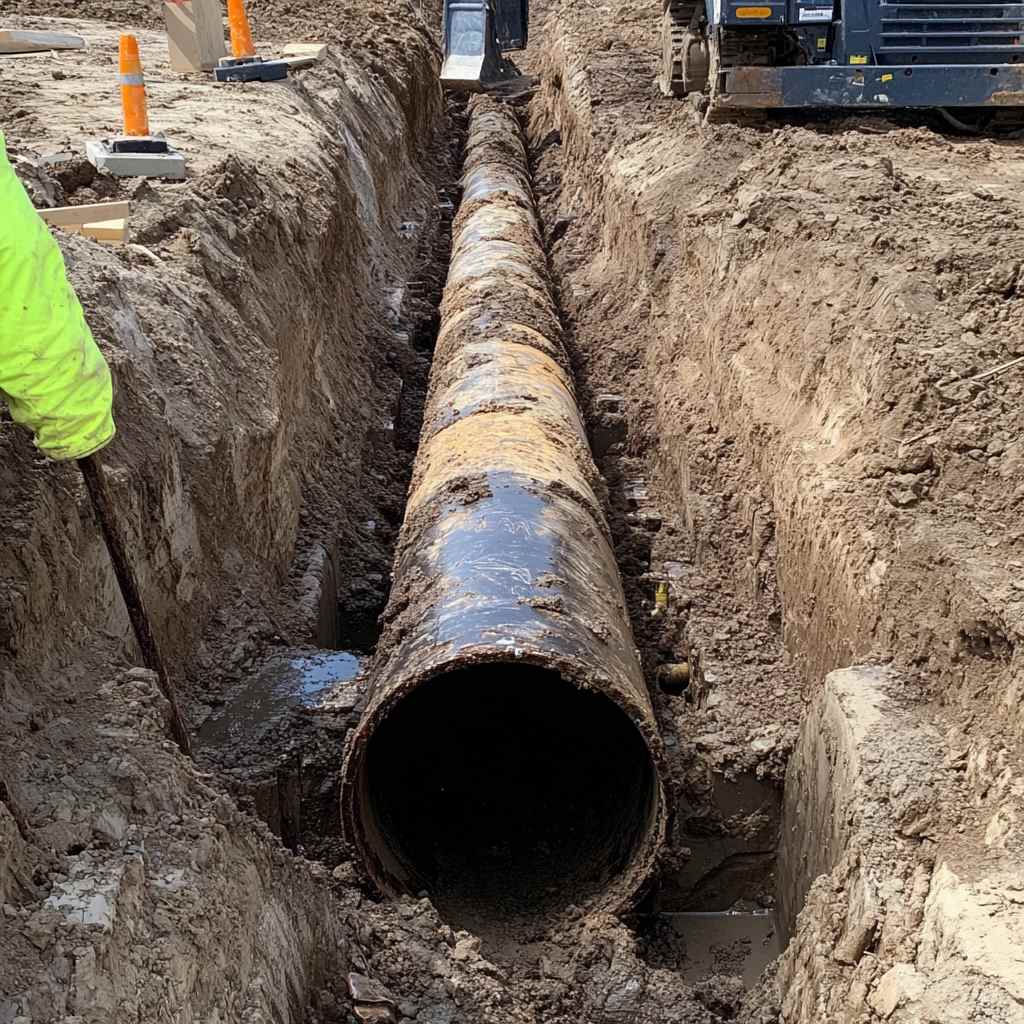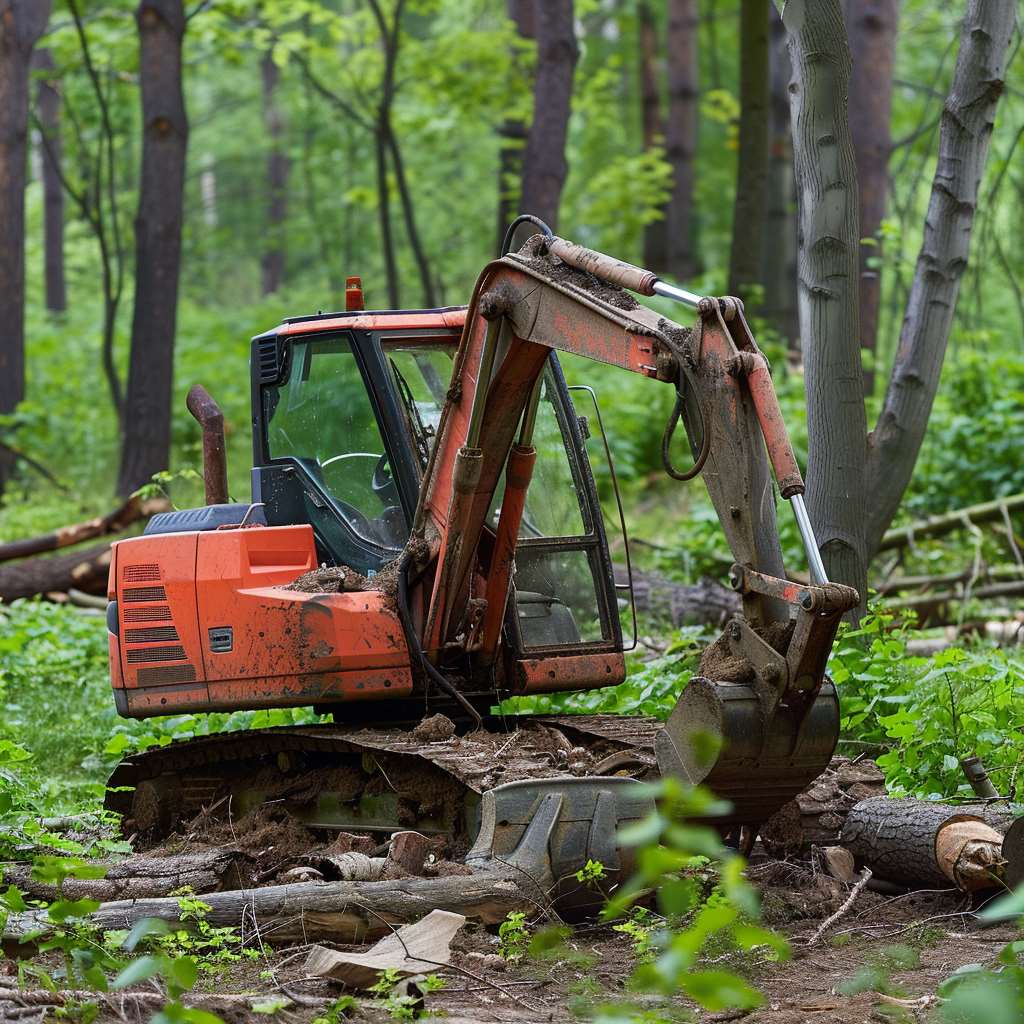Managing water on a construction site is just as important as digging itself. Without the right drainage solutions, excavation projects can run into serious problems like flooding, erosion, and structural instability.
Companies like In-Depth Excavation make drainage a top priority to keep worksites safe and efficient. Let’s dive into why drainage matters, how it works, and the different systems used to control water effectively.
Why You Need Drainage Excavation
Water buildup on excavation sites can cause a long list of headaches, including weakened soil, equipment hazards, and safety risks for the crew. A good drainage system keeps water from pooling, helps maintain solid ground, and protects the surrounding environment. It also cuts down on long-term damage to infrastructure by handling stormwater properly. Whether it’s a trench for a pipeline or a new building foundation, having the right drainage plan is key to keeping your project stable and secure.
How Does Drainage Excavation Work?
Drainage excavation starts with a thorough assessment of the site. This includes checking water flow patterns, soil type, and topography. Once that’s clear, a drainage system is designed to guide water safely away from critical areas. Crews use trenchers, excavators, and specialized tools to dig channels, install pipes, or build features like swales and retention ponds. Every step is aimed at keeping water in check so the project can move forward without disruption.
Different Types of Drainage Methods
There are several reliable drainage methods used in excavation, each serving a specific purpose based on site needs:
Trench Drains: These are long, narrow channels that collect and redirect surface water. You’ll often see them in places like parking lots or along roadways where water runoff needs to be moved quickly and efficiently.
French Drains: Designed to handle groundwater, a French drain uses a gravel-filled trench with a perforated pipe to carry water away from the site. They’re great for managing water around foundations and preventing basement flooding.
Culverts: Culverts allow water to pass underneath structures like roads or trails. They are usually made of concrete, steel, or plastic and are crucial for preventing washouts and erosion in areas with natural water flow.
Retention Ponds: These are artificial ponds built to hold stormwater runoff. Retention ponds manage large volumes of water and slowly release it, helping to reduce flooding and improve water quality.
Swales: Swales are shallow, sloped channels (usually covered in grass or plants) that slow down runoff and encourage water to soak into the ground. They are a simple but effective way to control water and reduce erosion, especially in landscaped areas.
Each drainage method plays a key role in keeping excavation projects dry, safe, and environmentally sound.
What is Drainage Excavation?
Drainage excavation is the process of creating systems that manage water flow on and around a construction site. This can mean digging trenches for drainage pipes, building culverts, or constructing larger features like retention ponds. The goal is to make sure that water is properly redirected to avoid erosion, flooding, or soil instability. Whether it’s a small-scale trench or a large water management system, drainage excavation is essential for protecting both the worksite and surrounding areas.
Good drainage is a foundation of safe and successful excavation. Without it, even the best-laid plans can quickly run into trouble. In-Depth Excavation has years of experience designing and installing drainage systems that keep sites dry, secure, and on track. Contact us today to learn how proper drainage solutions can make a difference for your next project.
FAQ: Drainage Solutions in Excavation
Drainage is critical in excavation to prevent water accumulation which can lead to structural damage, soil erosion, and safety hazards. Effective drainage solutions help in maintaining soil integrity, protecting the environment, and ensuring the safety of the excavation site.
Storm drain installation is crucial for preventing flooding, managing water runoff, protecting properties, and ensuring environmental safety. It is an essential part of urban infrastructure in Snohomish, especially given the region’s weather patterns and topography.
Trench drains are long, narrow channels that are used to redirect surface water away from specific areas. They are commonly used in places where surface water accumulates quickly, such as paved areas, driveways, and industrial sites.
A French drain is a slightly sloped trench filled with gravel and a perforated pipe, which is used to redirect sub-surface water away from an area. It’s effective in preventing ground and surface water from penetrating or damaging building foundations.
Environmental considerations include ensuring that the drainage system does not contaminate local waterways, adhering to local environmental regulations, and using sustainable practices to minimize the ecological impact. It also involves protecting surrounding ecosystems during the excavation and drainage installation process.
- Safety measures include using proper equipment, adhering to safety protocols, training workers on hazard identification and risk management, and regularly inspecting the excavation site. Additionally, effective planning and implementation of the drainage system itself contribute to overall site safety.
Yes, there are often local and state regulations that govern excavation and drainage installations. These may include permits, environmental impact assessments, and adherence to specific construction codes. It’s crucial to be informed about and comply with these regulations.

